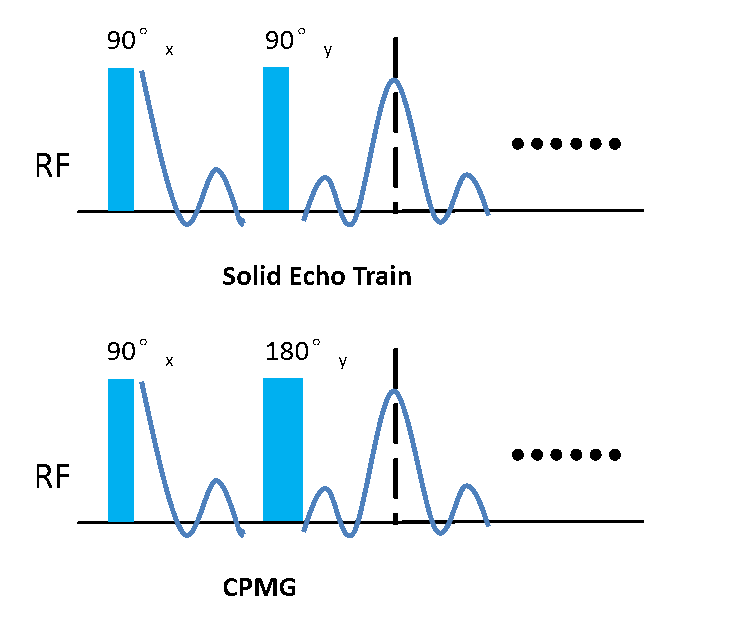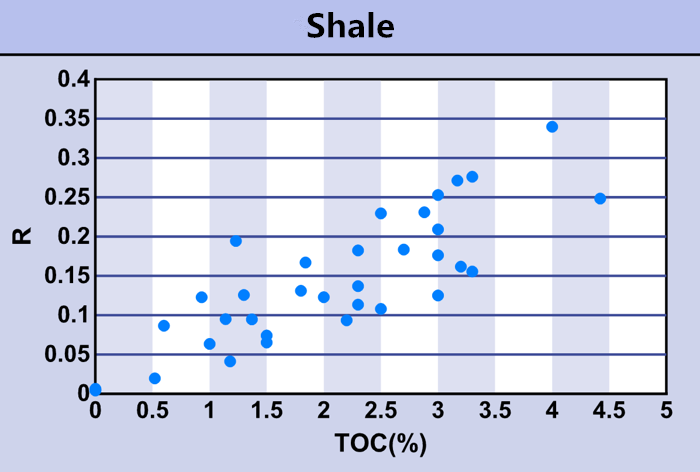NMR Characterization of Organic Content in Shales
- State Key Laboratory of Petroleum Resource and Prospecting, China University of Petroleum, Beijing, China
Low-field nuclear magnetic resonance is a non invasive technique commonly used to assess hydrogen-bearing fluids in petroleum reservoir rocks. There is a significant amount of porosity in shales resides in organic phases, giving rise to the possibility of homonuclear dipolar coupling between fluids present and the organic matrix [1] . In contrast, the majority of dipolar interactions in conventional reservoirs arise from heteronuclear dipolar coupling between fluid molecules and paramagnetic impurities on the pore surface. The spin echo only recovers magnetization lost due to chemical shift anisotropy, underlying magnetic field inhomogeneity, and heteronuclear dipolar coupling. For systems containing heteronuclear and homonuclear dipolar coupling, the solid echo will refocus both types of couplings [2] . Combining Solid echo with standard CPMG pulse sequence provides organic content in shale samples.

Solid echo and CPMG measurements were carried out on raw oil shale samples from resources in China. These shales vary widely in total organic carbon (TOC) content. NMR results were correlated with TOC. We used solid echo train and CPMG to measure shale samples, the solid echo signal intensity is higher than CPMG. It is caused by the homonuclear dipolar coupling, and we can use difference value R between the two sequence echo signal intensity to predict organic content in shale.
For R: R= (Ampsolid-AmpCPMG)/Ampsolid
Where Ampsolid and AmpCPMG are the signal intensity of solid echo and CPMG.

- [1] Kathryn E. Washburn, Justin E. Birdwell. , (2013), Updated methodology for nuclear magnetic resonance characterization of shales, Journal of Magnetic Resonance , 233 : 17-28
- [2] J. G. Powles, J. H. Strange, (1963), Zero time resolution nuclear magnetic resonance transient in solids, Proceedings of the Physical Society, 82.1 : 6
